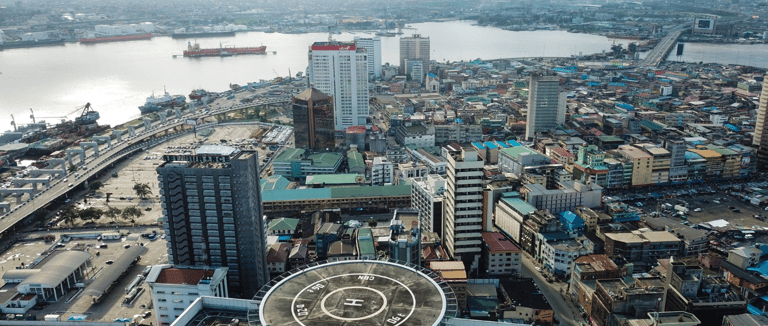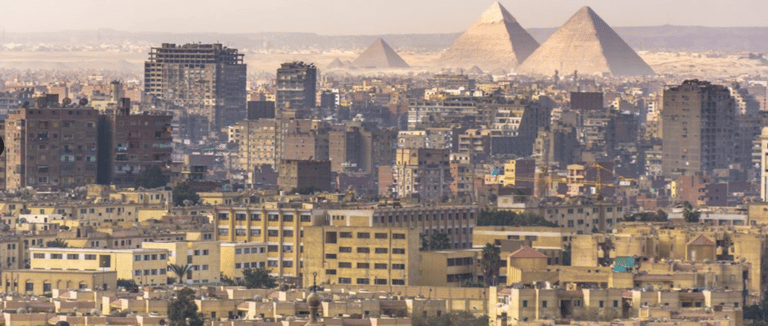Why Africa's Booming & Europe's Collapsing: A Tale of Two Continents
Africa’s economic star is rising, while Europe’s seems to be dimming. This isn’t just a fleeting headline—it’s a shift reshaping global power. From youth-driven innovation to rail networks stitching the continent together, Africa’s on the move. Meanwhile, Europe grapples with stagnation and shrinking prospects. Let’s dive into why Africa’s booming and Europe’s faltering—and what it means for the future.
Tanjir Hossain Sakib | africannews.online
3/7/20253 min read

Africa’s Economic Surge: A New Dawn
Africa’s real GDP is set to hit 3.8% in 2024 and 4.0% in 2025, outpacing a sluggish 2023 (3.1%). Sub-Saharan giants like Niger, Senegal, and Rwanda are among the world’s fastest-growing economies. What’s behind this momentum?
1. Youth and Innovation
Africa’s young population—set to double its workforce by 2050—powers a tech revolution. From Kenya’s Silicon Savannah to Nigeria’s fintech boom (think M-Pesa and Flutterwave), the continent’s youth are rewriting the rules. Europe’s aging demographics can’t compete.
2. Resource Riches
Oil, gas, and green-energy minerals like lithium and cobalt keep Africa in the spotlight. The African Continental Free Trade Area (AfCFTA) boosts local processing, cutting reliance on faltering markets like Europe. It’s a resource game-changer.
3. Rail Connections Fueling Growth
Africa’s rail renaissance is tying it all together. Projects like Ethiopia’s Addis Ababa-Djibouti line and Kenya’s Standard Gauge Railway are slashing transport costs and speeding up trade. The African Union’s Agenda 2063 envisions a continent-wide rail network, linking cities, ports, and rural hubs. Nigeria’s Lagos-Kano line and South Africa’s Gautrain show how rail’s boosting jobs and mobility. Unlike Europe’s aging infrastructure, Africa’s rail push is built for the future—sustainable, scalable, and ambitious.
4. Resilience Amid Chaos
Inflation’s easing (down to 4.9% in Sub-Saharan Africa in 2024 from 7.1% in 2023), and 40 countries are outgrowing last year. Debt and conflict linger, but Africa’s adaptability shines through.
Europe’s Decline: Cracks in the Foundation
Europe’s growth lags at a measly 1% in the Eurozone for 2024. The continent’s facing structural woes that threaten its global clout. Here’s why.
1. Demographic Time Bomb
An aging, shrinking workforce—projected to dwindle by 2050—strains Europe’s economies. Pension crises and labor shortages loom large, while Africa’s youth surge powers ahead.
2. Energy Dependence and Costs
Cut off from cheap Russian gas post-Ukraine war, Europe’s energy bills are soaring. Industries suffer, and households struggle. Africa, with its solar and hydrogen potential, could soon supply what Europe can’t produce.
3. Stagnation vs. Transformation
Europe’s bureaucratic tangle slows innovation. Subsidies prop up outdated industries, while Africa’s rail and trade reforms signal agility. Europe’s losing its edge.
The Bigger Picture: A Shift in Power?
Africa’s boom isn’t flawless—poverty and debt remain hurdles—but its rail networks, resource wealth, and young talent signal a continent on the cusp. Europe’s decline isn’t total collapse, but aging systems and energy crises hint at a fading giant. Online buzz reflects this: some hail Africa’s rise as a rebuttal to Western doubt, others fret Europe’s slump could ripple globally. The data’s not perfect, but the trend’s clear.
What’s Next for Africa and Europe?
Africa must sustain its gains—investing in rail, education, and governance to lock in prosperity. Europe needs a reboot: tech adoption, green energy, and maybe partnerships with Africa’s rising stars. Rail could be a bridge—imagine African minerals rolling to European ports on efficient lines.
At African News Online, we’re tracking this story. Is Africa the world’s next economic hub? Can Europe adapt? Drop your take in the comments—we’re all ears.


Africa's Growth | African News Online




Connect
Stay updated with Africa's vibrant stories today.
Explore
Discover
© 2025. All rights reserved.
